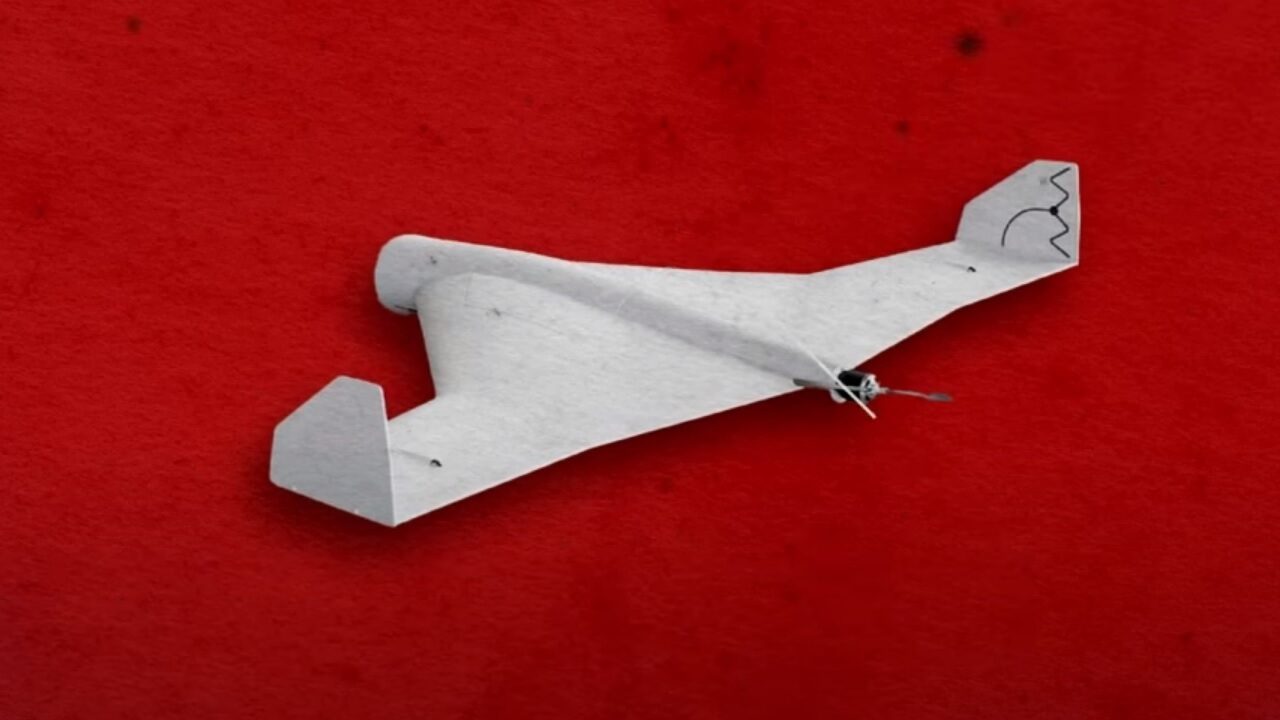Anti-Drone VAMPIRE Headed to Ukraine: Eastern Europe has long been associated with supernatural creatures, notably vampires, as it is strongly rooted in Slavic folklore. Though it is likely disease – not “Dracula” – that was the cause of unexpected deaths and illness, vampire hysteria spread throughout the region for centuries.
Now, in an almost ironic twist, it could be the VAMPIRE that could help save Ukraine from a small flying threat – namely Russia’s drones, which have been targeting civilian infrastructure and Ukraine’s energy grid. The L3 Harris Vehicle-Agnostic Modular Palletized ISR Rocket Equipment (VAMPIRE) is a portable kit that can be installed on most vehicles with a cargo bed, and can launch the advanced precision kill weapons system (APKWS) or other laser-guided munitions.
Last week, the United States Department of Defense (DoD) announced plans to send the VAMPIRE to Ukraine by next summer. The decision comes as Russia has continued to target Ukraine’s energy systems with Iranian-made drones. The DoD had first promised to provide Kyiv with the VAMPIRE systems in August, as part of a $3 billion aid package announced on Ukraine’s Independence Day.
“Air defense continues to be a priority, it’s something we’re going to continue to stay focused on and work as quickly as we can,” Pentagon Press Secretary Air Force Brig. Gen. Pat Ryder said. “In reference to the VAMPIREs, we do expect a contract award within the next few months, and right now we’re anticipating delivery to be in mid 2023.”
L3Harris it expects to deliver the Vampire within the 9-month window requested by the Pentagon once the company is under contract, according to a company spokesman.
More Cost Effective
In addition to its capabilities, the VAMPIRE could help Kyiv address the costs of maintaining an effective anti-air system. According to international analytics firm GlobalData, though Ukraine has had a high degree of success in combating the Russian attacks, the VAMPIRE anti-drone system would provide a more cost-effective solution compared to the MiG-29s, S-300, and NASAMS ground defense systems that the country is currently using.
The VAMPIRE anti-drone system can be easily mounted on the back of a civilian truck, and at around $27,000 per unit, it is far cheaper than utilizing aircraft or ground defense systems.
“The estimated cost of the Shahed loitering munition used by Russia is between $10,000 and $50,000 thousand, and as such is relatively cheap to deploy,” explained William Davies, associate analyst at GlobalData. “Along with the use of COTS drones in the battlefield, Russia, which, at the start of the war was using ineffective and expensive domestic drones, is becoming a serious threat to Ukrainian civilians and its military infrastructure.”
More from 19FortyFive
China’s Military: Stronger Than the U.S.?
Iran Could Soon Make Javelin Missiles
The diverse array of drones in modern conflict, ranging from larger drones to small loitering munitions, has also meant that counter-drone systems (C-UAS) must be capable of detecting and stopping an equally diverse range of threats, whilst still having a low enough cost-per-shot ratio.
According to experts, the advantage of the VAMPIRE system is it is easy to mobilize as needed, as well as being low cost, and meeting Ukraine’s anti-drone needs. The utilization of converted commercial drones alongside traditional anti-air systems could provide Ukraine with an effective multilayer air defense network. As unmanned systems continue to proliferate warfare C-UAS will become increasingly vital.
Yet, the VAMPIRE may not be the ideal solution to combating the Iranian drones this winter.
“The deployment of the VAMPIRE system will give Ukraine the freedom to mobilize its anti-aircraft systems to defend key infrastructure,” Davies said via an email. “But the range limit of the system is around two miles, and this combined with the fact that it won’t appear in Ukraine until the middle of 2023 means it is not yet a miracle solution to Ukraine’s drone problems.”
A Senior Editor for 19FortyFive, Peter Suciu is a Michigan-based writer. He has contributed to more than four dozen magazines, newspapers, and websites with over 3,000 published pieces over a twenty-year career in journalism. He regularly writes about military hardware, firearms history, cybersecurity, and international affairs. Peter is also a Contributing Writer for Forbes. You can follow him on Twitter: @PeterSuciu.
Want more 19FortyFive military, politics, and economics analysis from the best experts on Earth? Follow us on Google News, Flipboard, YouTube, Facebook, Twitter, and Linkedin. Also, sign up for our newsletter here. You can also find our code of publishing ethics and standards here. Want to contact us? Email: [email protected].

